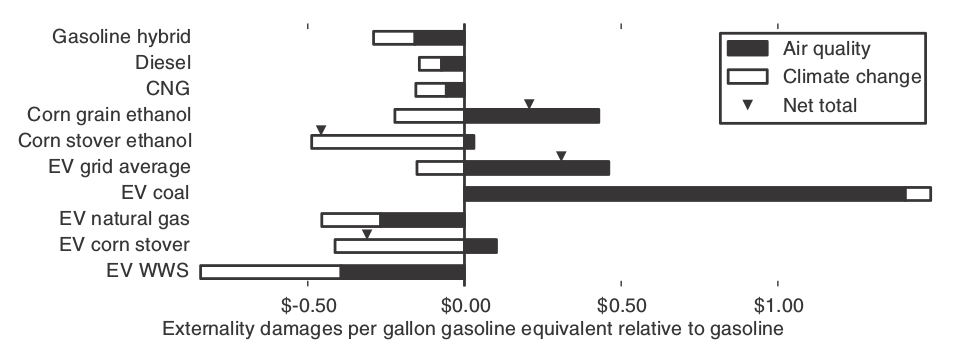Texas Proud
Give me a museum and I'll fill it. (Picasso) Give me a forum ...
- Joined
- May 16, 2005
- Messages
- 17,383
I really don't know the answer to this. As you say, your actual electrons are coming from wherever, it's an 'accounting thing', but that's fine if the end goal is met. But is it? I don't know.
It's hard for me to believe that they wouldn't sell that wind power if you didn't sign up for it. So I can't see how these contracts can be considered as being responsible for that amount of energy being 'green'. But does your contract help them to get a higher price overall? Does that help encourage more wind energy installations? If so, I guess it helps, but in a sort of indirect way?
I suspect it's more of a feel good kind of thing, but there might be something to it.
-ERD50
In Texas you buy your own electricity from a number of producers or resellers....
So, I have an option to buy from someone who produces using normal methods such as coal or gas... or I can buy from someone who produces 'renewable'.... this past time I chose I bought renewable....
Now, sure, they would sell it to SOMEONE, but that does not mean that I am not purchasing green energy.... if I use 50 KWH then the company I am paying has to put 50 KWH of energy into the grid for my benefit... if I use nothing then they put nothing in the grid for me... if they have not yet sold all of their production to retail customers then I would bet they are selling it on the wholesale market... BUT, I am paying for the production of renewable energy for MY use...
I have heard where the spot price of green energy has gone to zero.... there was once a headline that said it went negative....
So, where do you think they would rather sell their production... to retail customers or to utilities?

